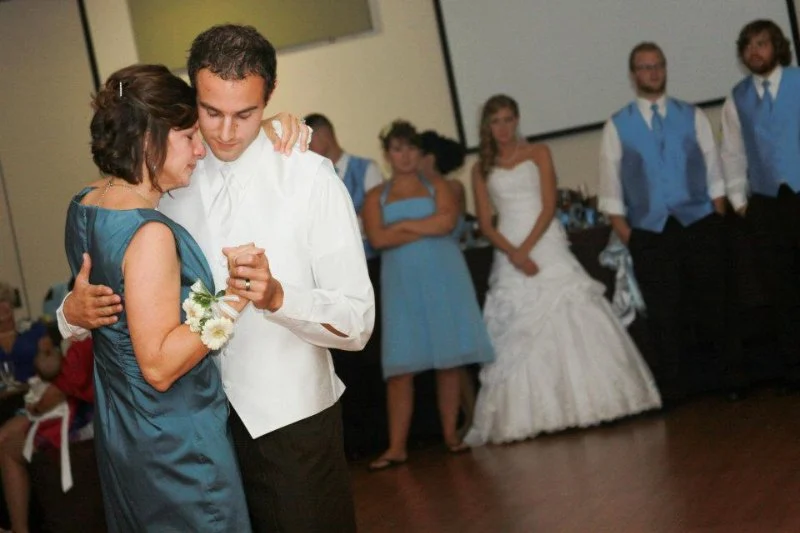
- do-they-have-mother-son-dances-in-school
- why-schools-host-mother-son-dances
- how-mother-son-dances-are-typically-organized
- stories-from-real-families-and-schools
- navigating-inclusivity-and-alternative-events
- planning-or-participating-in-a-mother-son-dance
1. Do They Have Mother-Son Dances in School?
Yes, some schools do host mother-son dances, although they are not as universally common as father-daughter dances. The tradition of hosting school-sponsored parent-child dances varies significantly by region, school district policies, and community culture. In recent years, more schools and parent-teacher associations (PTAs) have recognized the importance of inclusive events and have begun offering mother-son dances as a way to strengthen family bonds and offer memorable social experiences for young boys and their mothers or maternal figures.
The idea behind the question—"do they have mother son dances in school"—often reflects a deeper desire for shared experiences between mothers and sons, especially in environments where bonding activities are limited. While not every school includes these events in their calendars, many communities are seeing a growing interest in them.
2. Why Schools Host Mother-Son Dances
2.1 Building Relationships Beyond Academics
These dances offer an opportunity for mothers and sons to connect outside of the daily hustle. In the classroom, the focus is naturally academic, but dances allow space for celebration, laughter, and emotional connection. For children, having a special night out with a parent helps boost self-esteem and social skills.
2.2 Strengthening School Communities
Mother-son dances are often used by PTAs or school administrators as community-building events. They promote parent engagement, raise funds, and help foster a sense of belonging. In small towns, they can be a highly anticipated annual tradition.
2.3 Balancing Representation
Historically, school dances have skewed heavily toward father-daughter events, sometimes unintentionally excluding boys or creating a gap in male-centered experiences. By introducing mother-son dances, schools are working to create more balanced traditions that value every parent-child relationship.
3. How Mother-Son Dances Are Typically Organized
3.1 Timing and Venue
These events are usually scheduled in the spring or early summer and held in school gyms, cafeterias, or rented community halls. Decorations often reflect playful themes like “Superheroes and Sidekicks” or “Out of This World,” which appeal to younger children and create a relaxed atmosphere.
3.2 Activities Beyond Dancing
While dancing is the main feature, organizers often include games, photo booths, craft tables, and refreshments. It’s not about fancy choreography—it’s about shared fun. For those unsure about dancing, these additional activities create a space where every mom and son can feel comfortable participating.
3.3 Dress Code and Atmosphere
The tone is usually casual or semi-formal. Think dress shirts and sneakers rather than tuxedos and gowns. The goal is to create a pressure-free environment where moms and sons can simply enjoy each other’s company without the need for a spotlight.
4. Stories from Real Families and Schools
In 2022, a viral video showed a single mom and her third-grade son from Kentucky dancing their hearts out to Bruno Mars at a school-hosted mother-son night. The joy was palpable, and the clip was viewed over 5 million times, prompting many to advocate for similar events in their own districts.
Laura, a mom from Colorado, shared: “Our school never had one until a group of us brought it up. Now it’s my favorite night of the year. My son even picked out my dress last time. He was so proud walking me into the gym like it was prom night.”
5. Navigating Inclusivity and Alternative Events
5.1 Adapting for Different Family Structures
In organizing mother-son dances, inclusivity is key. Not all children live with or have close relationships with their mothers. Schools often open the event to “mother figures”—aunts, grandmas, older sisters, or even dads stepping in. The spirit of the event is connection, not biology.
5.2 Considering Gender-Inclusive Alternatives
Some schools have moved toward “family dances” or “parent-child nights” to avoid gender-based exclusion. These events keep the charm of formal bonding but expand the circle so every child feels included, regardless of family structure or gender identity.
5.3 Communication and Clarity
The key to a successful event lies in clear communication. School flyers should always note that alternative caregivers are welcome. Open communication avoids awkwardness and allows every child to participate fully.
6. Planning or Participating in a Mother-Son Dance
6.1 How to Propose One at Your School
If your school doesn’t currently host mother-son dances, gather a group of interested parents and approach the PTA or administration with a plan. Offer to help with logistics, fundraising, and promotion. Show examples from other districts and outline the benefits. Support from platforms like American Dance Academy can even help with choreography workshops or dance-friendly music lists.
6.2 Making the Most of the Night
Don’t stress over your dance moves—what matters most is being present. Let your child pick the playlist or choose matching outfits. These small choices give them a sense of ownership and make the night unforgettable.
6.3 Capture the Moment
Professional photographers, Polaroid booths, or even a simple smartphone tripod can help you preserve memories. Years from now, that blurry photo of you twirling on the school gym floor might just be one of your favorites.
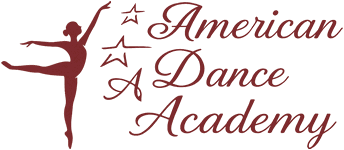
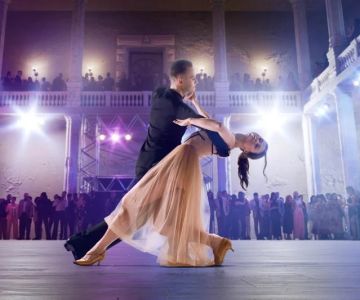
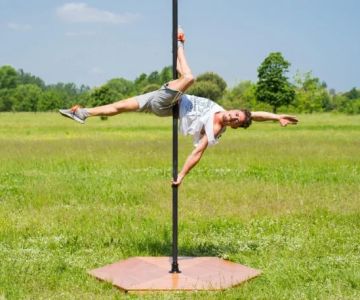
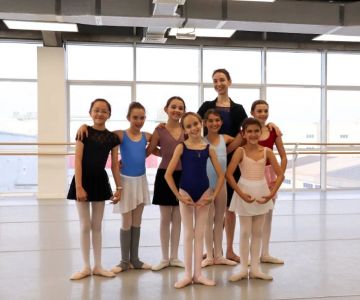
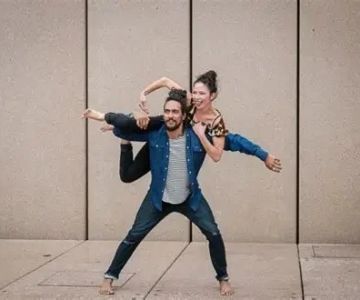
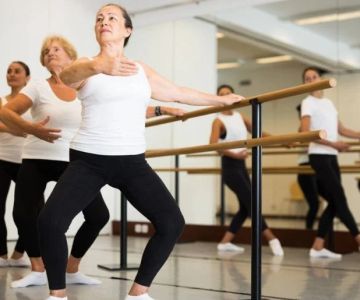
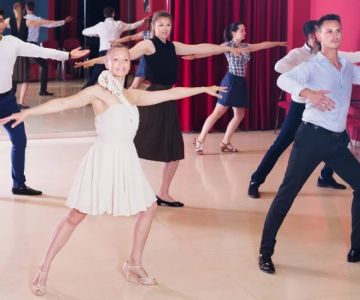
 Barrington Dance Academy5.0 (22 reviews)
Barrington Dance Academy5.0 (22 reviews) Canyon Concert Ballet4.0 (17 reviews)
Canyon Concert Ballet4.0 (17 reviews) Big City Dance Center LLC4.0 (25 reviews)
Big City Dance Center LLC4.0 (25 reviews) Tye Chua Dance & Kalamazoo Ballet5.0 (18 reviews)
Tye Chua Dance & Kalamazoo Ballet5.0 (18 reviews) Fenton Ballet Theatre4.0 (24 reviews)
Fenton Ballet Theatre4.0 (24 reviews) Front Street Dance Center5.0 (7 reviews)
Front Street Dance Center5.0 (7 reviews) Are There Dances in Middle School? What Students and Parents Should Know
Are There Dances in Middle School? What Students and Parents Should Know How a Dance School in Instagram Builds Community and Success
How a Dance School in Instagram Builds Community and Success Why Do Schools Teach Square Dancing?
Why Do Schools Teach Square Dancing?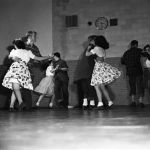 Why Was Square Dancing Taught in School?
Why Was Square Dancing Taught in School? Why Swing Dance Is Popular for Adults
Why Swing Dance Is Popular for Adults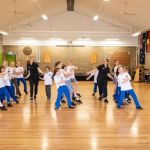 A School Dance: How to Prepare, Shine, and Make It Unforgettable
A School Dance: How to Prepare, Shine, and Make It Unforgettable